As a rule, the answer to the question why apples darken is the following: due to the fact, that atmospheric oxygen oxidizes the iron contained in the apples.
It is often said, that if the apple does not darken after cutting or there is some "rust" on the cut, then the apple contains some iron and that if you drizzle a piece of apple with lemon juice, then the apple will not darken for a long time, because the citric acid will bind the iron ions.
It sounds convincing and believable. Yet all this is not entirely true.
Apples do have iron. One apple weighing 3.5 oz (100 g) contains about 1-2 milligrams of iron - a microscopic amount, completely insufficient to spoil the appearance of a whole fruit. Therefore, by the way, it makes no sense to treat iron deficiency in the body with the help of apples, especially considering that the body absorbs only 1-5% of this small amount.
In fact, the mechanism of the darkening of apples is completely different.
The fruit are known to be rich in antioxidants, which largely accounts for their health benefits. Apples are rich in antioxidants called polyphenols. It is known that phenol is the strongest poison, but phenolic chains are substances with completely different properties that are not toxic to humans at all. In addition, apples contain polyphenoloxidase enzymes, whose task, as their name suggests, is to oxidize polyphenols.
As a result of the oxidation of polyphenols, quinones are formed. By themselves, they are colorless, but unlike polyphenols, which by their nature prevent oxidation reactions, quinones, on the contrary, are the strongest oxidizers, which, by forming on the surface of a piece of apple, begin to interact with everything that comes into contact their way. As a result, substances are formed that give the apple a rusty color.
What is all this for and what is the point
This way the apple is protected from pests. Oxidation processes of polyphenols are started only when the apple is damaged. In nature, this happens, for example, if a caterpillar gnaws a fruit.
First on the list of the "protectors" of the apple are the quinones themselves, which, as strong oxidizers, are toxic to microorganisms and fungi. The brown ''film'' that forms on the damaged surface of the apple heals the damage and protects the fleshy part from penetrating the damage in depth.
Finally, the protective role is played by substances that are formed as a result of oxidation processes. Some of them can significantly spoil the digestion of the caterpillar, others can make the fruit tasteless for it.
It's not a bad idea to quickly whip up a delicious apple pie, apple pancakes, apple muffins before the apples darken after cutting them.
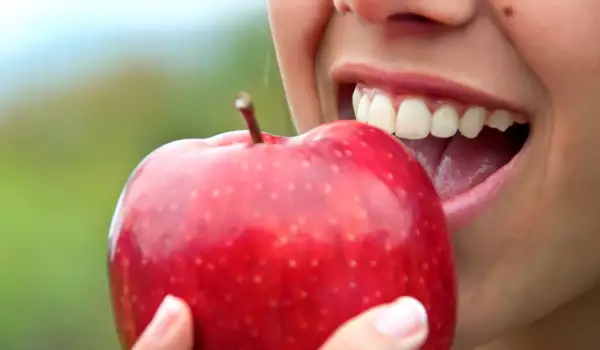

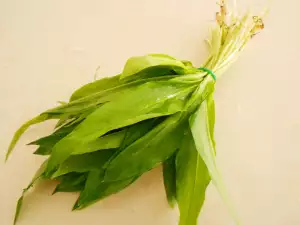

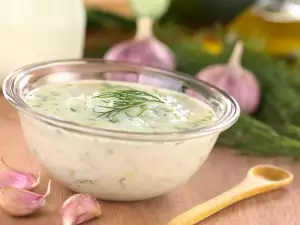

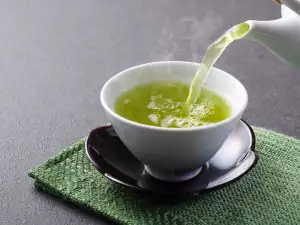
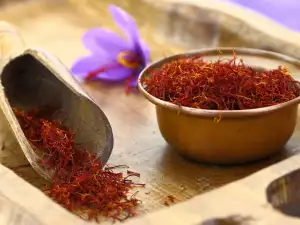

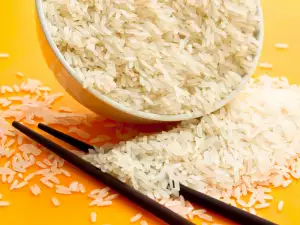
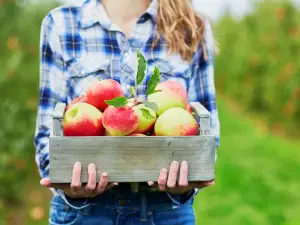
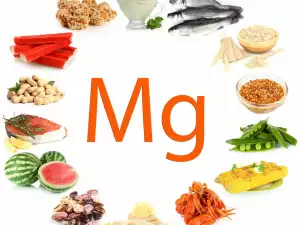

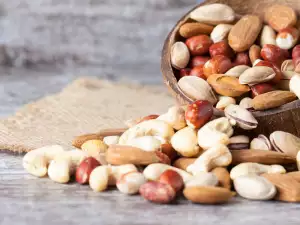
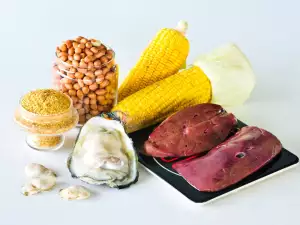




Comments